

World Heritage Sites
designated by
UNESCO
the World Heritage Committee has inscribed 890 properties on the World Heritage List
The following are some additional ones I have visited:
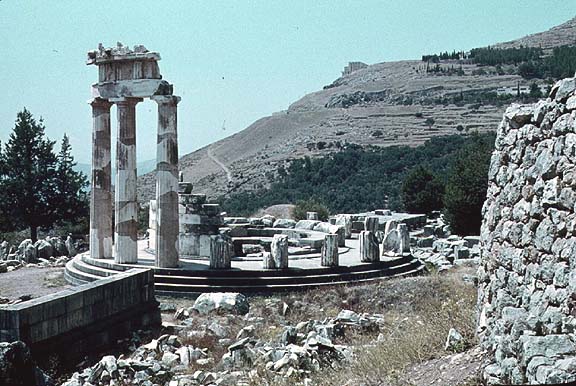
Delphi ruins
The pan-Hellenic sanctuary of Delphi, where the oracle of Apollo spoke, was the site of the omphalos, the 'navel of the world'. Blending harmoniously with the superb landscape and charged with sacred meaning, Delphi in the 6th century B.C. was indeed the religious centre and symbol of unity of the ancient Greek world.
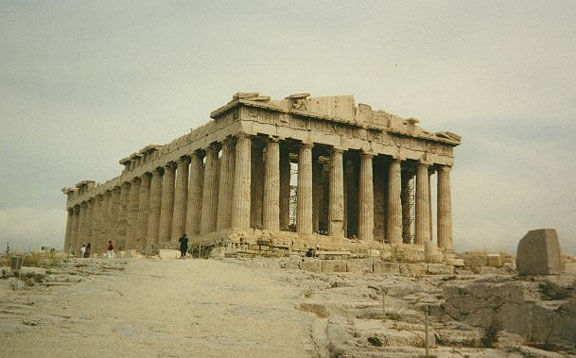
The Parthenon, Athens
Illustrating the civilizations, myths and religions that flourished in Greece over a period of more than 1,000 years, the Acropolis, the site of four of the greatest masterpieces of classical Greek art - the Parthenon, the Propylaea, the Erechtheum and the Temple of Athena Nike - can be seen as symbolizing the idea of world heritage.
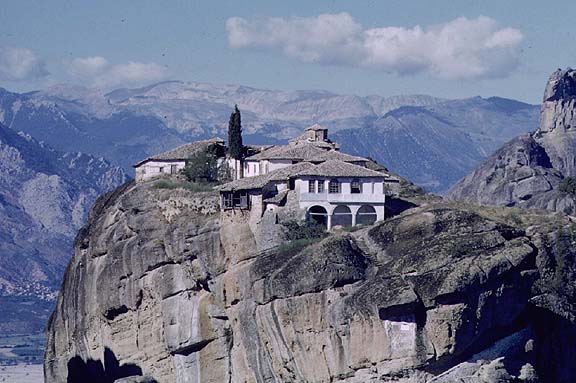
a view for praising God
In a region of almost inaccessible sandstone peaks, monks settled on these 'columns of the sky' from the 11th century onwards. Twenty-four of these monasteries were built, despite incredible difficulties, at the time of the great revival of the eremetic ideal in the 15th century. Their 16th-century frescoes mark a key stage in the development of post-Byzantine painting.
|
Paleochristian and Byzantine Monuments of Thessalonika, Greece |
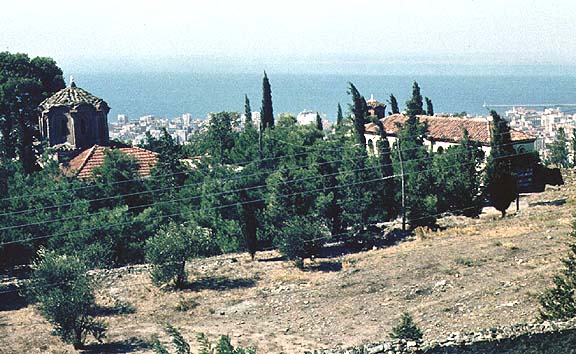
on the Adriatic
Founded in 315 B.C., the provincial capital and sea port of Thessalonika was one of the first bases for the spread of Christianity. Among its Christian monuments are fine churches, some built on the Greek cross plan and others on the three-nave basilica plan. Constructed over a long period, from the 4th to the 15th century, they constitute a diachronic typological series, which had considerable influence in the Byzantine world. The mosaics of the rotunda, St Demetrius and St David are among the great masterpieces of early Christian art.
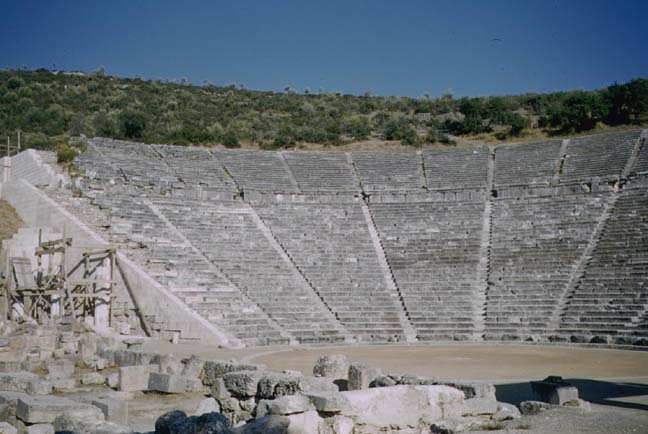
amphitheater at Epidaurus
In a small valley in the Peloponnesus, the site of Epidaurus sprawls out over several levels. The cult of Asclepius first began there in the 6th century B.C., but the principal monuments, particularly the theatre - considered one of the purest masterpieces of Greek architecture - date from the 4th century. The vast site is a tribute to the healing cults of Greek and Roman times, with temples and hospital buildings devoted to its gods.
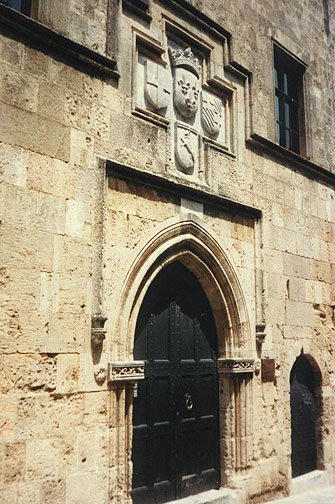
The Order of St John of Jerusalem occupied Rhodes from 1309 to 1523 and set about transforming the city into a stronghold. It subsequently came under Turkish and Italian rule. With the Palace of the Grand Masters, the Great Hospital and the Street of the Knights, the Upper Town is one of the most beautiful urban ensembles of the Gothic period. In the Lower Town, Gothic architecture coexists with mosques, public baths and other buildings dating from the Ottoman period.
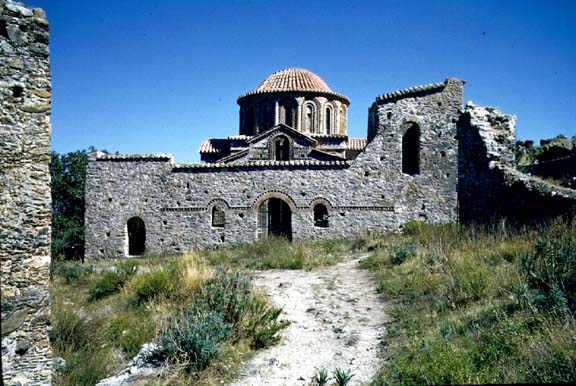
Mystras, the 'wonder of the Morea', was built as an amphitheatre around the fortress erected in 1249 by the prince of Achaia, William of Villehardouin. Reconquered by the Byzantines, then occupied by the Turks and the Venetians, the city was abandoned in 1832, leaving only the breathtaking medieval ruins, standing in a beautiful landscape.
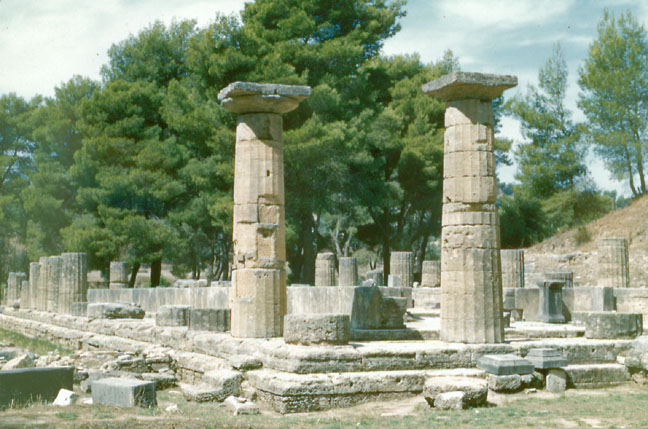
The site of Olympia, in a valley in the Peloponnesus, has been inhabited since prehistoric times. In the 10th century B.C., Olympia became a centre for the worship of Zeus. The Altis - the sanctuary to the gods - has one of the highest concentrations of masterpieces from the ancient Greek world. In addition to temples, there are the remains of all the sports structures erected for the Olympic Games, which were held in Olympia every four years beginning in 776 B.C.
|
Monasteries of Daphni, Hossios Luckas, and Nea Moni of Chios, Greece |
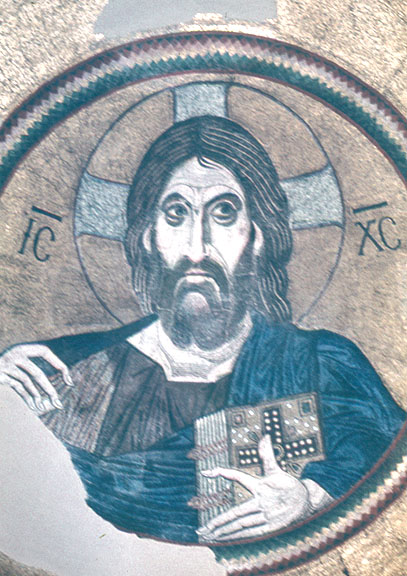
Byzantine mosaic of Christ from Daphni monastery
Although geographically distant from each other, these three monasteries (the first is in Attica, near Athens, the second in Phocida near Delphi, and the third on an island in the Aegean Sea, near Asia Minor) belong to the same typological series and share the same aesthetic characteristics. The churches are built on a cross-in-square plan with a large dome supported by squinches defining an octagonal space. In the 11th and 12th centuries they were decorated with superb marble works as well as mosaics on a gold background, all characteristic of the 'second golden age of Byzantine art'.
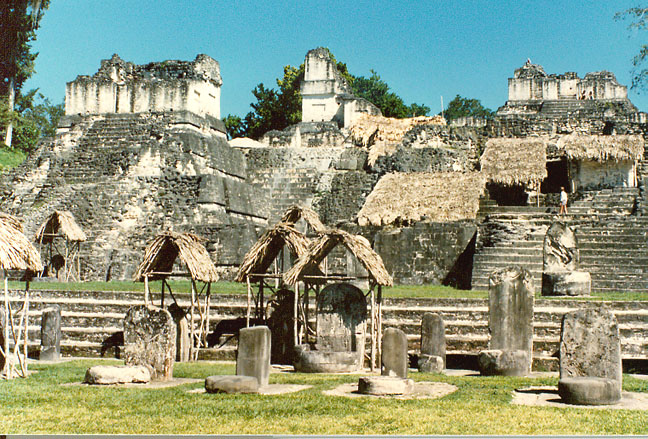
Tikel
In the heart of the jungle, surrounded by lush vegetation, lies one of the major sites of Mayan civilization, inhabited from the 6th century B.C. to the 10th century A.D. Its ceremonial centre contains superb temples and palaces, and ramps leading to public squares. Remains of dwellings are scattered throughout the surrounding countryside.
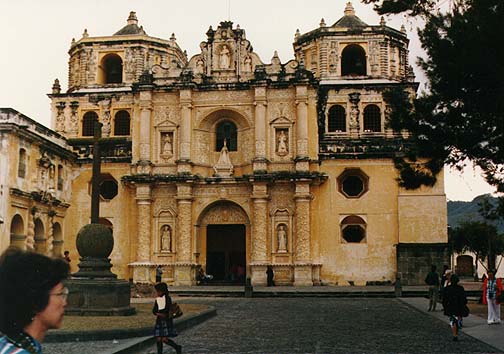
Antigua
Antigua, the capital of the Captaincy-General of Guatemala, was founded in the early 16th century. Built 1,500 m above sea-level, in an earthquake-prone region, it was largely destroyed by an earthquake in 1773 but its principal monuments are still preserved as ruins. In the space of under three centuries the city, which was built on a grid pattern inspired by the Italian Renaissance, acquired a number of superb monuments.
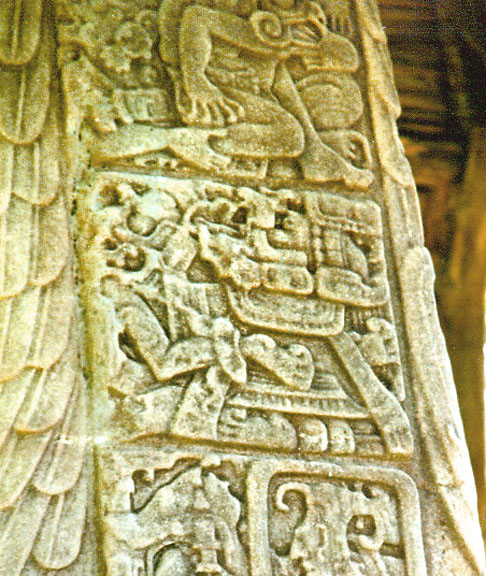
stelae at Quirigua
Inhabited since the 2nd century A.D., Quirigua had become during the reign of Cauac Sky (723-84) the capital of an autonomous and prosperous state. The ruins of Quirigua contain some outstanding 8th-century monuments and an impressive series of carved stelae and sculpted calendars that constitute an essential source for the study of Mayan civilization.
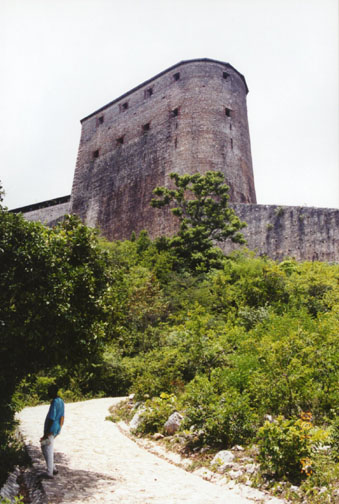
the Citadelle
These monuments of Haiti dating from the beginning of the 19th century when Haiti proclaimed its independence - the Palace of Sans Souci, the buildings at Ramiers and, especially, the Citadel - serve as a universal symbol of liberty, as they were the first to be built by black slaves who had gained their freedom.

facade of St. Peter's Basilica
The Vatican City, one of the most sacred places in Christendom, attests to a great history and a formidable spiritual venture. A unique collection of artistic and architectural masterpieces lie within the boundaries of this small state. At its centre is St Peter's Basilica, with its double colonnade and a circular piazza in front and bordered by palaces and gardens. The basilica, erected over the tomb of St Peter the Apostle, is the largest religious building in the world, the fruit of the combined genius of Bramante, Raphael, Michelangelo, Bernini and Maderna.
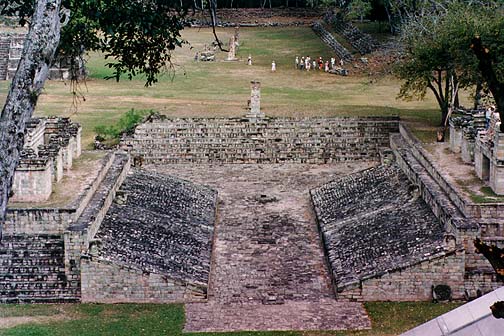
Mayan ball court, Copán
Discovered in 1570 by Diego García de Palacio, the ruins of Copán, one of the most important sites of the Mayan civilization, were not excavated until the 19th century. The ruined citadel and imposing public squares reveal the three main stages of development before the city was abandoned in the early 10th century.
My Life List of World Heritage sites I have visited
![]()
Return to Favorite Experiences page
![]()